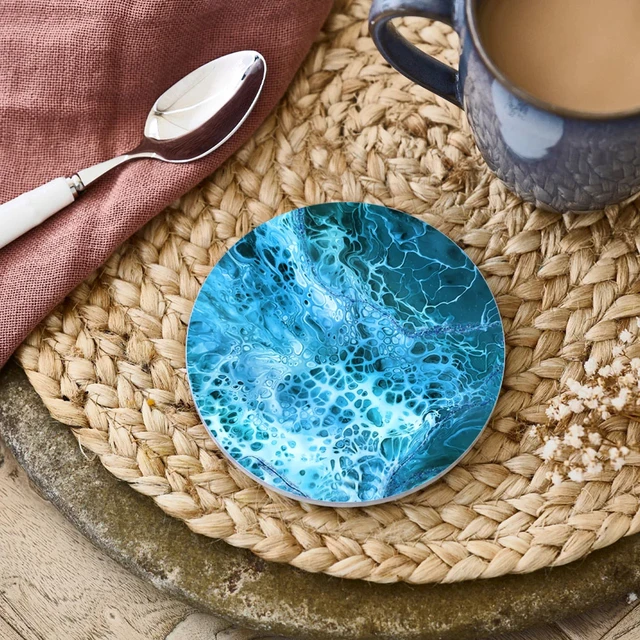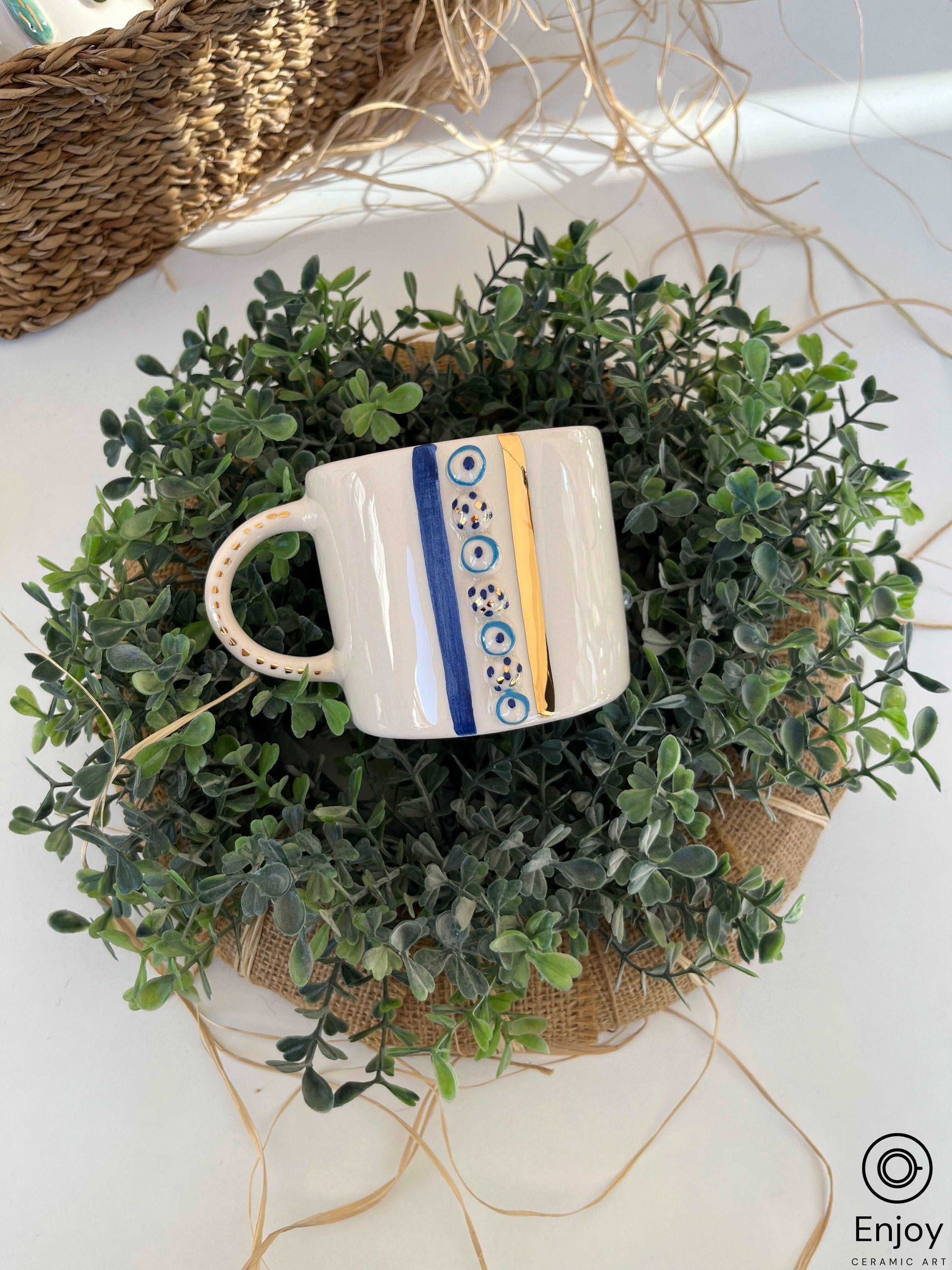Unknown Facts About Top News Sites
Unknown Facts About Top News Sites
Blog Article
Some Known Facts About Unique Art.
Table of ContentsThe Buzz on Unique ArtNot known Facts About Unique ArtSome Known Incorrect Statements About Unique Art Unique Art Fundamentals ExplainedThe Greatest Guide To Unique Art
While one may debate which art form holds priority, the truth remains that each of these seven types supplies a distinct home window into human history, society, and evolution. Unique Art. They are the tapestries that chronicle our trip, advising us of our past while inspiring visions for the future
3 Emil DervishIn this entrance by Emil Dervish that stunning cobalt blue door swipes the show. To bring much more dramatization, he prolonged the paint. to the doorframe and the wall up, completing in an arched form (Unique Art). The contours, in addition to a spherical sconce, soften the sides. Then frameworks vintage posters and maps of precious areas established the scene.
Getting The Unique Art To Work
8 TRIA GIOVANEqual components grand and laidback, this foyer developed by Anthony Baratta is the excellent blueprint to follow if you're decorating an official entrance that still really feels unfussy and comfortable. Formed textiles take center stage (see the rugs and the couch), however they also help bring the high ceilings down to a human scale when hung over wallpaper.
18 Heidi Caillier DesignA gallery wall surface does not need to use up the entire area. Sometimes a little one can make a larger style statement. In this living-room, Hiedi Caillier went with micro-mini structures and an arbitrary make-up. Promotion - Continue Analysis Below19 Stephen Kent JohnsonDesigner Juan Carretero decided for a deep green paint color to comparison with the light timber surfaces.
, the expression of concepts and emotions, with the production of specific aesthetic top qualities, in a two-dimensional visual language. The aspects of this languageits shapes, lines, colours, tones, and texturesare made use of in numerous ways to generate sensations of quantity, area, activity, and light on a flat surface. These elements are integrated right into expressive patterns in order to stand for real or mythological sensations, to interpret a narrative style, or to create wholly abstract visual partnerships.
Later the notion of the "fine artist" created in Asia and Renaissance Europe. Prominent painters were paid for the social standing of scholars and courtiers; they authorized their job, decided its style and often its subject and imagery, and developed a more personalif not always amicablerelationship with their clients. During the 19th century painters in Western cultures started to shed their social position and protected patronage.
Getting My Unique Art To Work
Others gained an income through touring exhibits of their work. The need to appeal to a market had replaced the comparable (if much less impersonal) demands of patronage, and its impact find on the art itself was most likely comparable. Usually, artists in the 20th century can get to a target market just through business galleries and public galleries, although their job might have been periodically replicated in art regulars.

Do not copy the design of various other artists if you're find this looking for your design. Duplicating other individuals's artwork can be excellent in academic purposes yet it will not make you closer to finding your very own one-of-a-kind style. Your artistic style needs to be, what you such here as and what motivates you.
A Biased View of Unique Art
I would consider your very own style as a style you repaint in naturally, when you release all ideas and policies and simply concentrate on painting, not considering it. The style needs to come naturally to you when you are loosened up and you can't force it or it won't be your own design, simply another person's.
You need to attempt great deals of different alternatives and check out every little thing before you can focus on one particular design or you'll be burnt out, or even worse, you'll hate your own design. So I suggest you to try every topic that you want, check out as much as you can. Try various tools that excite you and new methods you have actually never tried before.
With time you'll be able to sort all of them right into your favorite and least favorite categories. Attempt to focus your attention on the topics and tools that you like and prior to you see it coming you'll have your very own personal and distinct design, like nobody else have! In the end you'll have a couple of preferred subjects to paint and perhaps a couple of favored mediums.
Some Ideas on Unique Art You Need To Know
The design needs to create itself in time with a great deal of method and experiments. Thank you for reading this post and if you have any questions leave them in the remarks below, I 'd enjoy to address these.
Report this page